Google Ads has maintained its dominant position in digital marketing for over two decades—yet, in 2025, the landscape has evolved dramatically. To succeed, advertisers must optimize campaigns with precision, leveraging the latest AI tools, data-driven insights, and best practices that fit the modern digital environment.
This guide will walk you through how to create Google Ads, how to post ads on Google for free, how to effectively use a website ad revenue calculator, and how to monitor your AdSense earnings — all within the context of ongoing ad optimization for 2025.
How to Create Google Ads That Scale in 2025
1. Set Clear and Measurable Goals
Whether it’s lead generation, online sales, app installs, or brand awareness, your campaign goals determine your structure, budget, and bidding strategies. Define KPIs like cost per acquisition (CPA), return on ad spend (ROAS), and conversion rate for clarity.
2. Campaign Structure & Ad Group Segmentation
Adopt a granular approach: create tightly themed ad groups. Niche segmentation reduces wasted impressions and improves quality scores. Smaller ad groups with relevant keywords improve ad relevance and lower CPCs.
3. Conduct Advanced Keyword Research
Use tools like Google Keyword Planner to identify high-intent, long-tail keywords. Regularly review search terms and negative keywords to refine your targeting, cutting out irrelevant queries that waste ad spend.
4. Use Responsive Search Ads (RSAs)
RSAs allow you to input multiple headlines and descriptions, giving Google’s AI the flexibility to test and serve the best combinations. Regularly update your creative assets to maintain relevance.
5. Select and Optimize Bidding Strategies
In 2025, harness Google’s AI-powered bidding options such as Target ROAS, Target CPA, or Maximize Conversions. These strategies adapt bids in real-time based on user intent and device context.
6. Continuous Performance Monitoring
Use the Google Ads dashboard for real-time KPIs: CTR, CPC, Quality Score, and conversion tracking. Leverage insights to refine keywords, ad copy, and targeting.
How to Post on Google for Free in 2025
While paid Google Ads campaigns are essential, innovative free promotion methods are equally important:
-
Google Business Profile: Fully optimize your Google My Business listing to enhance local search visibility without a penny spent.
-
Google Promo Credits: New advertisers can claim initial free credits up to a specific amount—use these to test campaigns.
-
SEO and Content Marketing: Create SEO-optimized blog posts, videos, and content that generate organic traffic—complementing paid efforts.
-
Smart Campaigns: Use Google’s intelligent automation to maximize reach on small budgets with minimal manual management.
Estimating Website Ad Revenue with a Calculator
Knowing the potential income from your website’s ads is vital for strategic planning:
-
Use tools such as Website ad revenue calculator to input your traffic volume, CTR, CPC, and RPM.
-
This forecast supports budget planning, content creation, and ad placement strategies.
-
Regularly update these estimates as traffic grows or changes to stay aligned with revenue goals.
Tracking Earnings with an AdSense Earning Checker
Keeping tabs on actual revenue helps refine your monetization strategy:
-
Use Google AdSense’s own dashboard for real-time earnings, click data, and RPM.
-
Employ third-party tools for more detailed analysis or custom alerts.
-
Consistent review of your AdSense data reveals high-performing pages and opportunities for ad placement optimization.
Advanced Optimization Strategies for 2025
1. Leverage AI and Automation
Google’s machine learning capabilities — including Smart Bidding and optimized ad delivery — are more sophisticated than ever. Combine automation with strategic oversight for best results.
2. Focus on Audience & Segmentation
Use in-market and affinity audiences based on recent behaviors, demographics, and search intent to refine targeting and lower CPCs.
3. Prioritize User Experience
Ensure your landing pages load quickly, are mobile-friendly, and deliver relevance to reduce bounce rates and improve Quality Scores.
4. Emphasize Video & Display
With consumers engaging heavily on video platforms like YouTube, optimize video campaigns for viewership and conversions.
5. Conduct Regular Testing & Experimentation
Use the Google Ads Experiments feature to compare different audiences, keywords, and creative assets, enabling data-driven optimization cycles.
Common Pitfalls to Avoid in 2025
-
Over-optimizing too quickly, which can hinder Google’s learning phase.
-
Neglecting conversion tracking accuracy.
-
Focusing solely on keyword relevance at the expense of audience intent.
-
Ignoring automation tools that can streamline performance.
Trusted Resources for 2025 Campaign Success
Stay updated by visiting the Google Ads Help Center. Here, you find the latest best practices, policy updates, and advanced features to stay ahead.
Read More: Google Ads Optimization Strategies for 2025: Your Complete Guide to Enhancing ROI
Final Takeaways
In 2025, Google Ads success revolves around a strategic mix of creative campaign development, ongoing optimization, and leveraging automation tools. Master how to create Google Ads effectively, employ the right free posting techniques, forecast earnings with website ad revenue calculators, and track real-time results with AdSense earning checkers.
Implementing these practices will help you stay competitive, boost ROI, and scale your digital marketing efforts more effectively than ever.


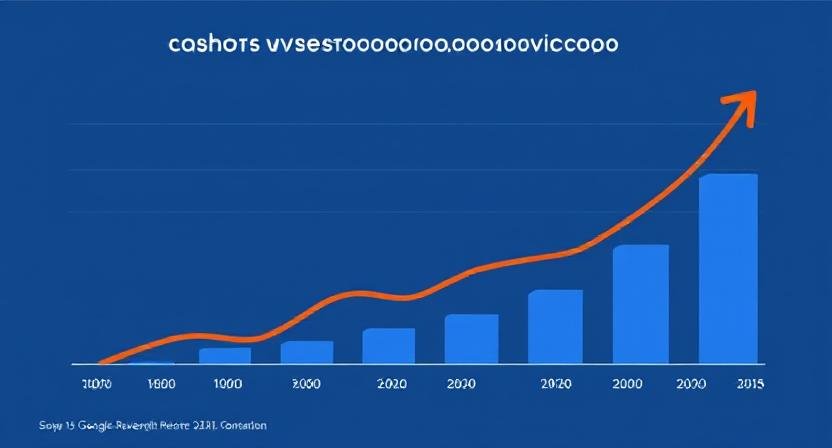
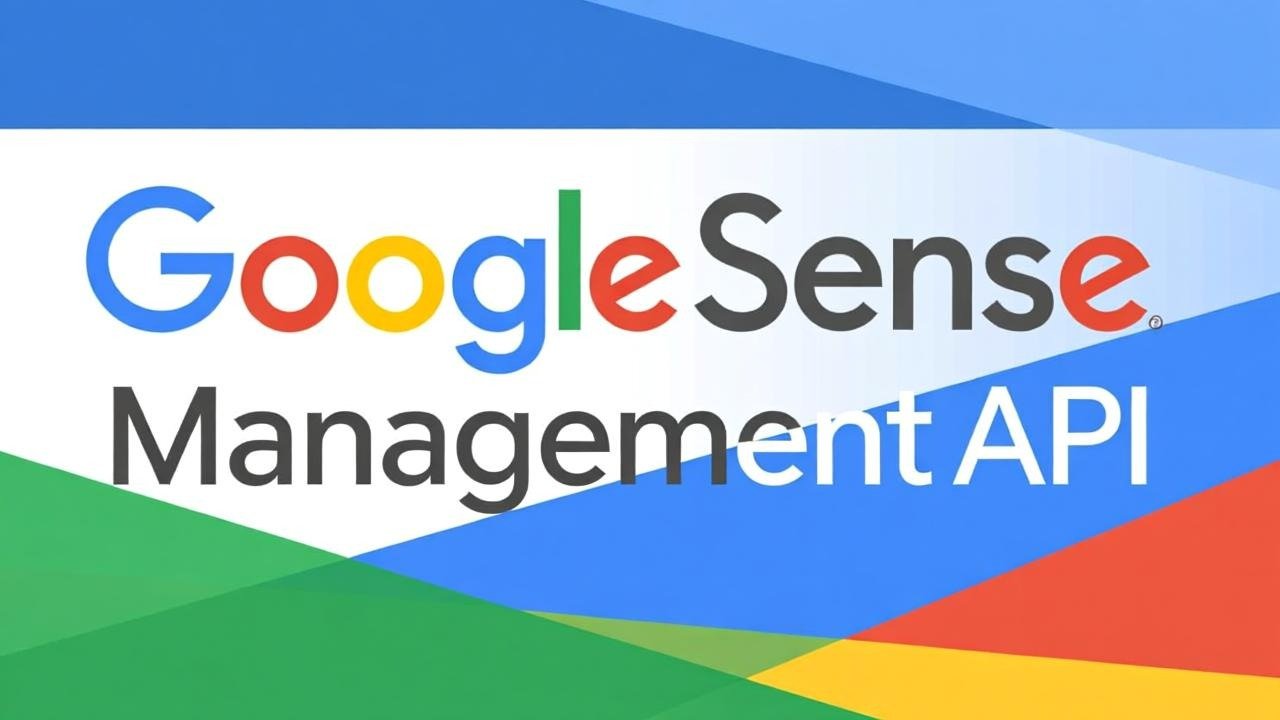
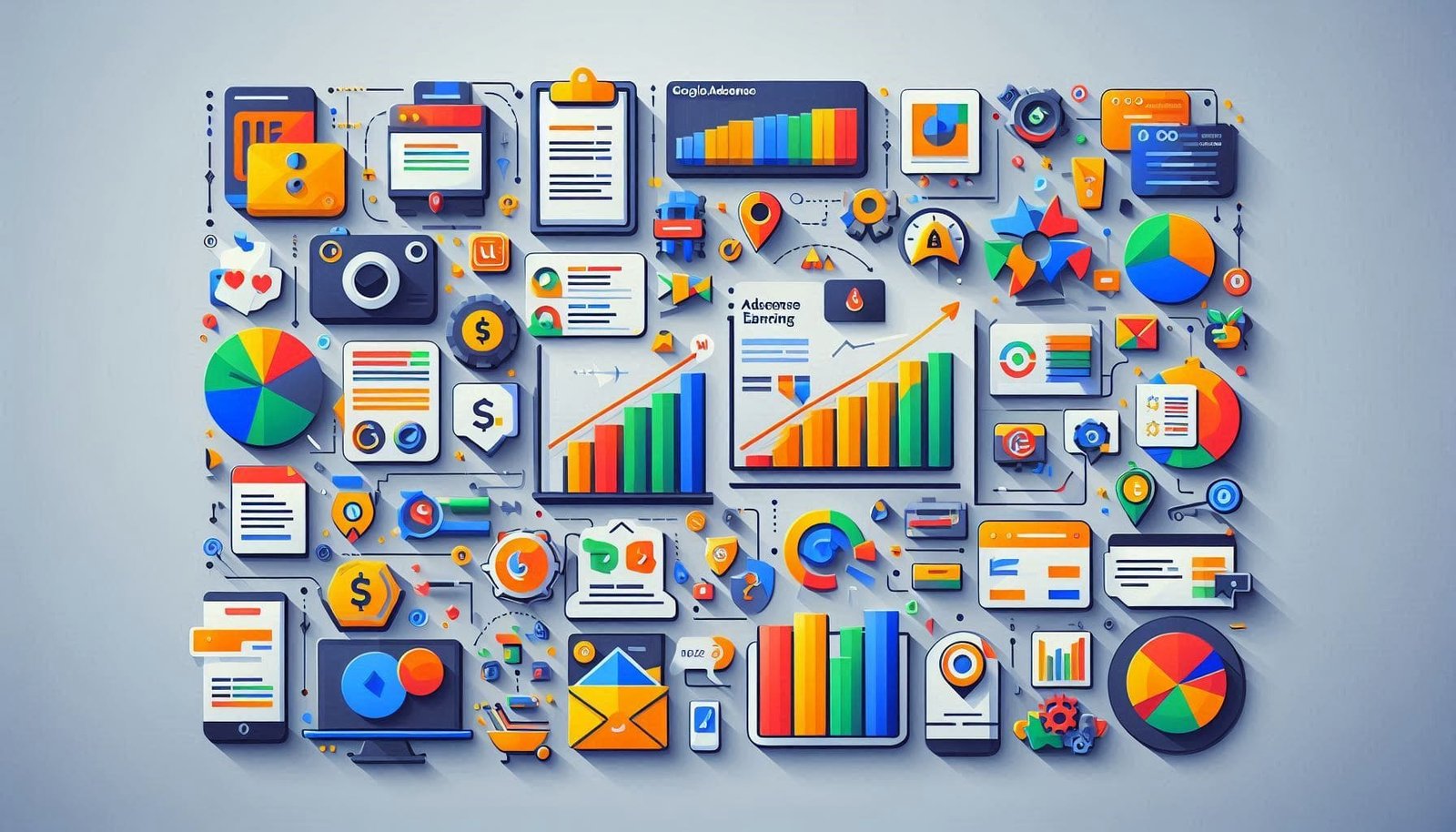




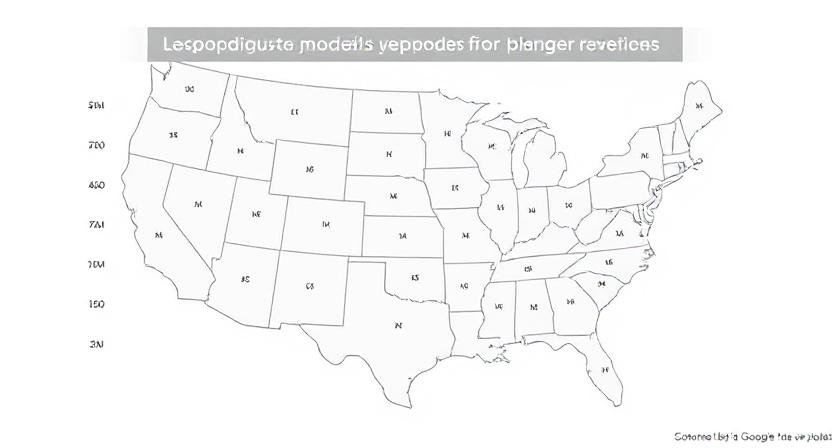
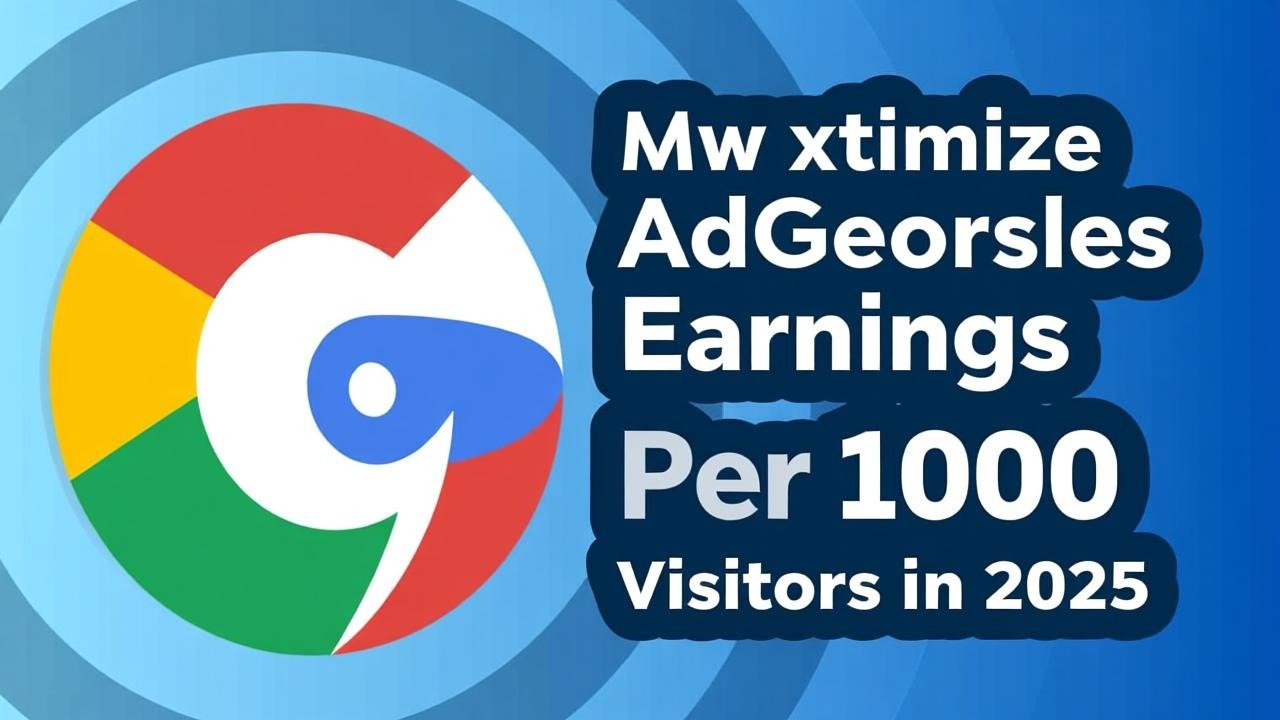
1 thought on “Mastering Google Ads Optimization in 2025: The Ultimate Strategies for Superior ROI”